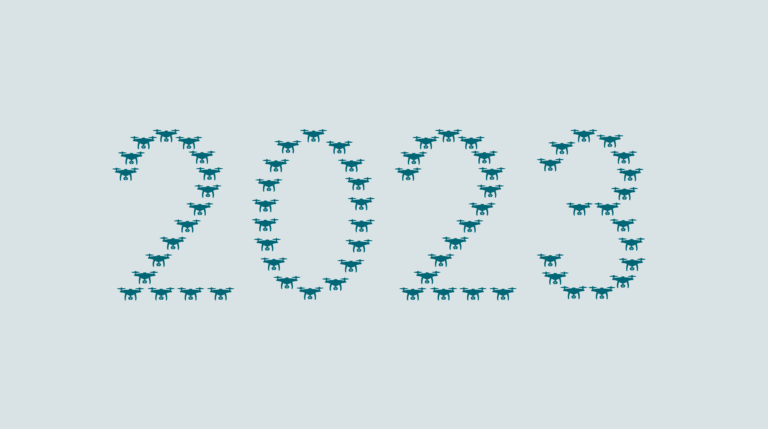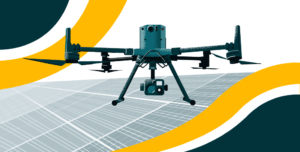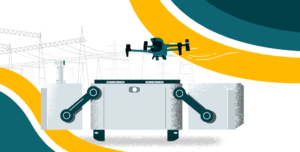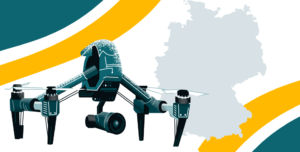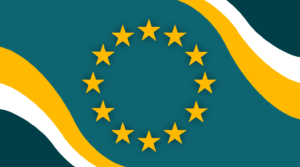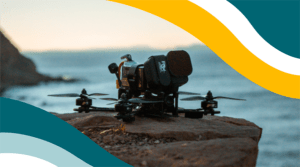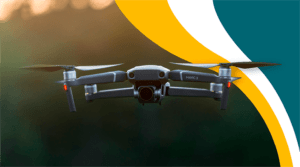The last couple of years marked a significant turning point in the world of aviation, especially in the context of drone regulation – but what to expect in the future? The changes introduced, coupled with the new developments on the horizon, promise to shape the future of drone operations in Europe and beyond. With changes upon us, it’s time to look ahead and explore the evolving landscape of drone regulations.
Looking Back at the Drone Regulation in 2022
Looking back at 2022 allows us to perceive the low-hanging fruits of one of the main aviation transformations since the Chicago Convention in 1944. The drone industry regulators have worked over the past years hand in hand in order to elaborate a new paradigm for the EU drone regulation. This new paradigm is now becoming increasingly measurable. In Europe, this last year was the opportunity for several companies to pave the way forward using the new EU drone regulation (EU Reg. 2019/947 & Reg. 2019/945). Major milestones were reached over this past year.
First Class Markings for Open Category Drones
One of the most interesting milestones is the very first class markings achieved for drones intended for the open category. Those class markings allow manufacturers to put UAS on the market in the open category and are essential for the operations of drones in Visual Line of Sight at scale in the common European drone market.
Advancements in Beyond Visual Line of Sight (BVLOS) Operations
To enable Beyond Visual Line of Sight Operations at scale, 2022 has also brought some important advancements. For instance, Type certifications and design verifications were delivered and so unlocked the potential to overfly people for Visual Line of Sight and Beyond Visual Line of Sight operations.
While some companies followed the approach to demonstrate the reliability of their systems, others chose to demonstrate the harmless character of their drone. To make those claims, new airworthiness processes, such as the EASA Design Verification and the Durability & Reliability (D&R) process, were successfully implemented by the regulators and used by the industry.
Ongoing Rulemaking Process
The rulemaking process was not at rest during the year 2022. One of the major events of 2022 was the publication of the Report of the FAA’s BVLOS Aviation Rulemaking Committee that highlights the need for qualitative and quantitative methods in order to meet an Acceptable Level of Risk to unlock more complex drone operations.
European Commission’s Drone Strategy 2.0
The European Commission published the Drone Strategy 2.0 for a Sustainable and Smart Unmanned Aircraft Eco-System. In this context, the European Commission intends to establish Standardized Rules of the Air for the integration of Unmanned Aircraft and to create clear rules for the certification of drones as well as for the licensing of operators and training of pilots for the certified category.

U-Space Airspaces Defined in 2023
With the entry into force of the Reg. (EU) 2021/664, EASA member states are now able to define U-Space airspaces. With this drone regulation, Europe now has the possibility to define zones at low altitudes where drone operators will benefit from Network identification, Geo-awareness, UAS flight authorization, and traffic information. This regulatory development towards collaborative airspace will be a first-of-its-kind airspace concept to enable the full potential of drones with higher degrees of autonomy.
Lessons From Design Verifications and Risk Assessments
The lessons obtained from the first design verifications and Specific Operations Risk Assessment in Europe will also serve to create means of compliance and guidance, which will further clarify and standardize this nascent industry. Therefore, we will soon be able to see the deployment of more complex drone operations throughout the EASA member states.
Requirements Regarding Remote ID in 2024
Starting on January 1st, 2024, the EU will implement an important requirement known as Remote ID. This system mandates drones to broadcast identification and location details and make them accessible to air traffic controllers and authorities per request. This way, the EU will promote safety, monitoring, and accountability of drone operations within its airspace. It will significantly contribute to secure sky traffic management.

Categories of Drone Operations and the Required Authorizations
Now, let’s delve deeper into the distinct categories of drone operations. We should examine and understand the specific authorizations necessary for each category and gain insights into the corresponding regulatory frameworks that govern these operations.
Open Category
The open category is designed for low-risk drone operations and is generally less complex. It includes operations with drones that have a lower potential for harm due to their size and weight. Here are the authorizations and regulations concerning this category:
- Most open-category operations do not require specific authorizations. However, operators and pilots must follow a set of common-sense safety rules and guidelines established by the national aviation authorities. They furthermore have to go through the Open Category training (OPEN A1/A3 and A2) to operate in this category.
- The primary regulations governing open category operations in the European Union are covered under EU Regulation (EU) 2019/947 and EU Regulation (EU) 2019/945. These regulations provide essential safety and operational rules for drones used in the open category.
Specific Category
The specific category is for drone operations that present a higher level of risk than those in the open category. It often involves drones with greater weight or complexity, such as those used for professional purposes and to fly in cities. Here is what you should know about the authorization and regulations of these drones:
- Operators in the specific category must apply for an operational authorization from the national aviation authority. In order to obtain such an authorization, applicant have to submit a comprehensive risk assessment and safety measures according to the JARUS SORA methodology. This authorization outlines the specific conditions and requirements for the operation.
- The regulatory framework for the specific category is detailed in EU Regulation (EU) 2019/947 and is complemented by a set of national regulations that align with the European standards.
Certified Category
The certified category is reserved for highly complex drone operations, often involving drones with advanced capabilities or autonomous features. These operations are subject to rigorous safety standards. Here are the authorization and regulatory rules that apply to this category:
- Drone operators in the certified category must obtain an operator certificatetailored to their unique operation. The requirements for certification are more stringent and may involve undergoing a full type certification of the drone used..
- The regulatory framework for the certified category is established in EU Regulation (EU) 2019/947, but it is notably more comprehensive and demanding. The certified category often requires adherence to strict safety and certification standards, and the associated regulations are continuously evolving to meet the challenges of advanced drone technologies.
Empower Your Aerial Ambitions With UASolutions
It’s evident that the skies are no longer just the domain of traditional aviation. The categorization of drone operations into open, specific, and certified categories, along with their associated regulations, has opened up exciting possibilities for businesses and enthusiasts alike. The industry is rapidly maturing, and it’s essential to stay informed about the changing landscape.
At UASolutions, we understand that airspace is a common resource, and we are deeply committed to assisting businesses in realizing their dreams of harnessing the skies. Our mission is to democratize access to the airspace and create added value for your operations. Reach out to us today, and let us be your trusted partner in unlocking the potential of the skies.
